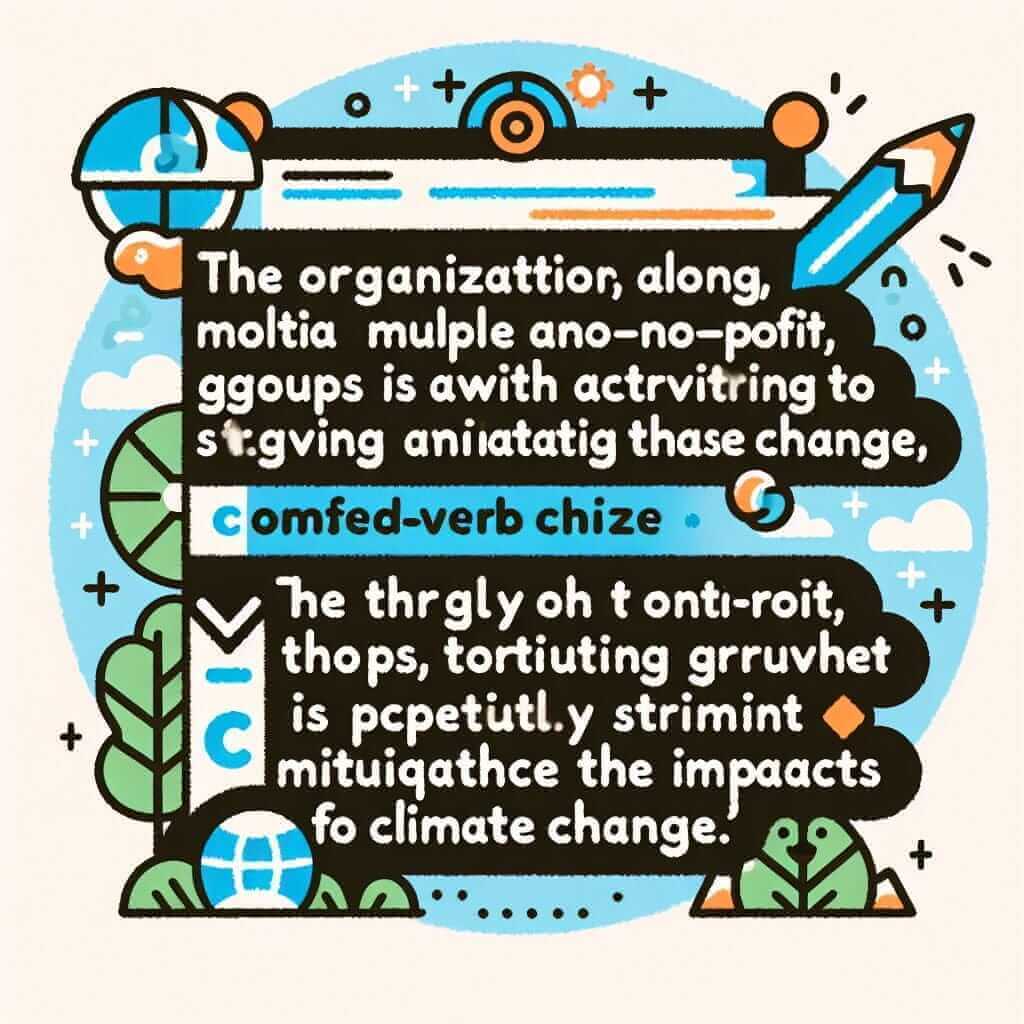“Together with” is a phrase that can trip up even seasoned English learners. While it might seem straightforward, its nuances in grammatical agreement can significantly impact your IELTS score. Mastering its correct usage is vital for demonstrating your command of complex structures, a key element in achieving a Band 7 or higher.
Consider these examples:
1. Speaking (Part 3): “The internet, together with social media, has revolutionised communication.”
Analysis: Here, the verb (“has”) agrees with “the internet,” the main subject, not “social media.”
2. Writing (Task 2): “Parental involvement, together with a supportive learning environment, is crucial for a child’s academic success.”
Analysis: Again, the verb (“is”) aligns with “parental involvement,” the singular subject.
3. Listening (Section 4): “The new museum, together with its extensive art collection, attracts thousands of visitors annually.”
Analysis: “Attracts” aligns with “the new museum,” the primary subject.
These examples highlight how “together with” can subtly influence subject-verb agreement. Now, let’s delve deeper into its usage.
Understanding “Together With”
“Together with” functions similarly to other phrases like “along with,” “as well as,” and “in addition to.” They all introduce additional information without changing the grammatical subject of the sentence. This means the verb must agree with the original subject, not the noun phrase introduced by “together with.”
Frequency in IELTS: While not as common as some other grammatical structures, understanding “together with” is crucial because it often appears in complex sentences, testing your ability to identify the true subject.
Grammar Rules: Using “Together With” Correctly
Rule: Subject + “together with” + Noun Phrase + Verb (agreeing with the Subject)
Example:
The government, together with several NGOs, is working to combat climate change.
- Subject: The government (singular)
- Verb: is working (singular, agreeing with “government”)
Let’s break down the usage:
- Writing (Task 1): When describing trends in a graph or chart, you might say, “The consumption of fast food, together with sugary drinks, has shown a worrying upward trend.”
- Speaking (Part 2): Describing a memorable event, you could use: “The beautiful weather, together with the delicious food and great company, made it an unforgettable picnic.”

Mastering “Together With” for a Higher Score
To effectively use “together with” and impress the examiner, keep these tips in mind:
- Subject-Verb Agreement is Key: Always double-check that your verb agrees with the subject that comes before “together with.”
- Avoid Redundancy: Don’t use “together with” if the added information is essential to the sentence’s meaning. For essential information, use “and.”
- Vary Your Language: While it’s good to demonstrate your knowledge of “together with,” using synonyms like “along with” or “as well as” can showcase a wider vocabulary.
Common Mistakes and How to Avoid Them
Mistake 1: Making the verb agree with the noun phrase after “together with.”
Incorrect: The team leader, together with his colleagues, are going to the conference.
Correct: The team leader, together with his colleagues, is going to the conference.
Mistake 2: Using “together with” when “and” is more appropriate.
Incorrect: The internet together with social media has revolutionised communication.
Correct: The internet and social media have revolutionised communication. (Both are equally important in this statement)
Conclusion
Understanding the subtle but significant grammatical rule associated with “together with” is essential for achieving a higher band score in IELTS. By mastering its correct usage, you demonstrate a strong grasp of English grammar, a quality highly valued by examiners. Remember to practice applying this structure in various contexts, using the examples and tips provided, to confidently tackle your next IELTS exam.